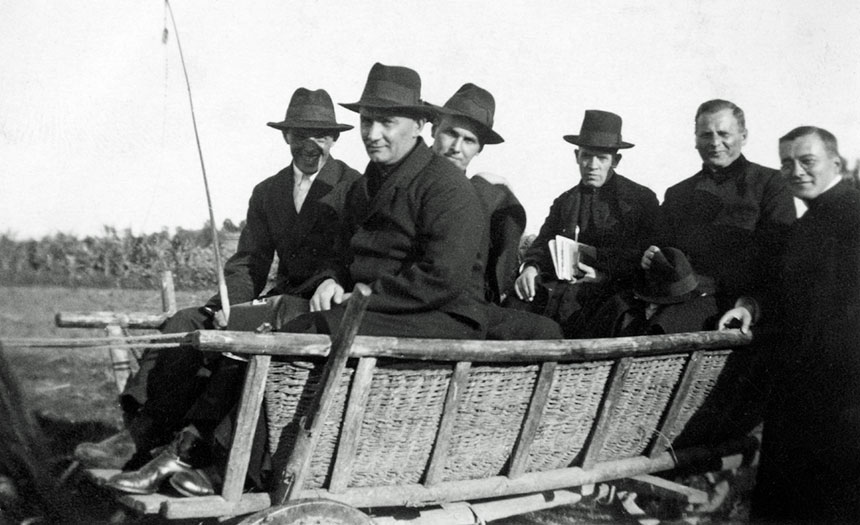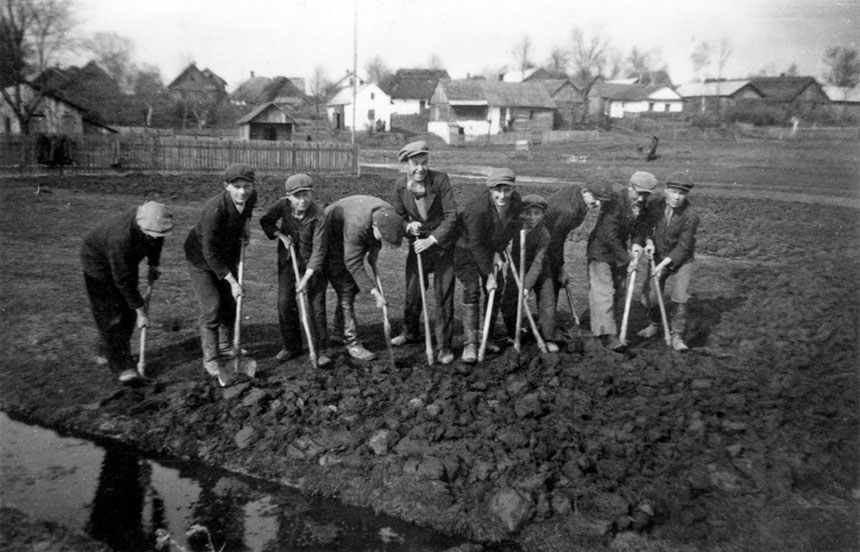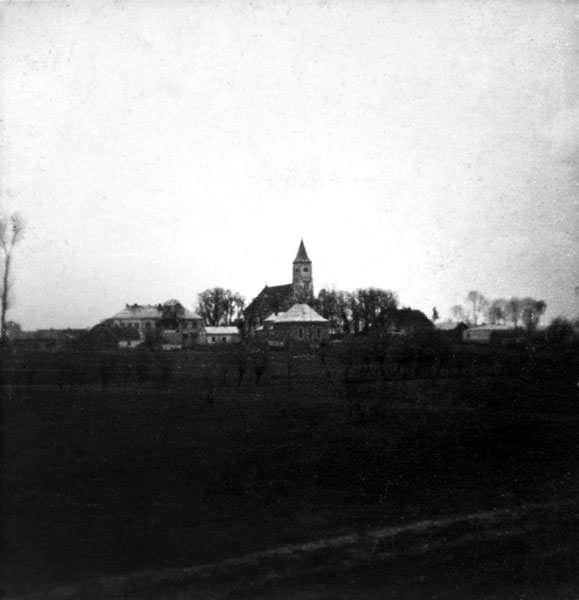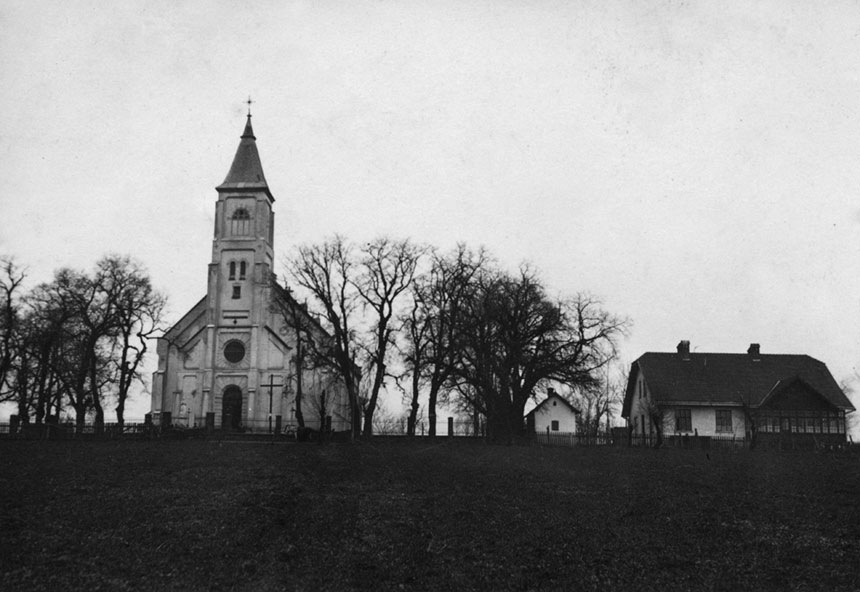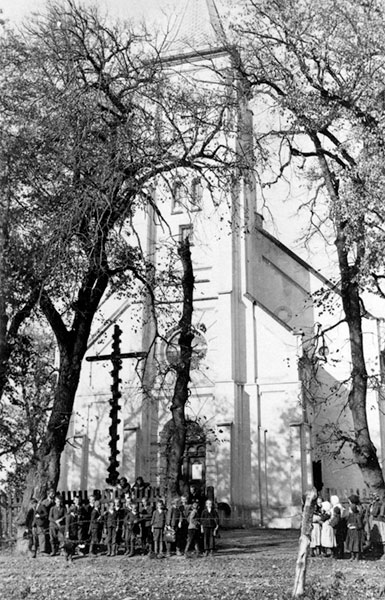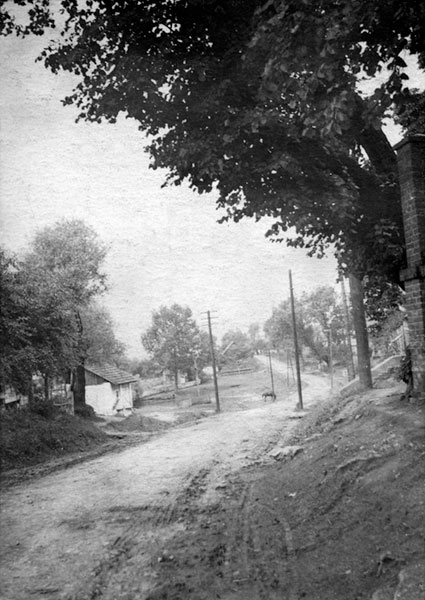1 February – (9 April 2020) – 27 June 2020
Curators of the exhibition: Hanna Golla (ME) & dr Małgorzata Michalska (UWr)
Sokolniki is a large village located just several kilometers south-west of Lvov. It is one of the oldest settlements in the area surrounding the city. Its name derives from the original occupation of the local population: breeding falcons for the royal court.
During the interwar period 1918–1939, the majority of villagers made their living cultivating the land and as stock farmers, some sought employment in Lvov. The village’s proximity to Lvov and easy access to the city via three roads was conducive to the development of administrative and commercial ties. Women from Sokolniki regularly sold their dairy products to many Lvov households directly and on the communal market.
As the political map of Central Europe was rearranged in accordance with the provisions of the Yalta and Potsdam Conferences in 1945, the residents of Sokolniki were forced to leave their homeland and resettle. Only few stayed. The first transport departed from the Persenkovka Railway Station in Lvov in December 1945 and six more followed in the first half of 1946. They headed for the Regained Territories in the western part of postwar Poland, first of all Lower Silesia.
After leaving their homeland, the natives of Sokolniki have continued to cherish its memory. Every year, the families and friends meet in Wrocław to celebrate Christmas Eve and the blessing of the Easter baskets. They recall their past life in Sokolniki, share the knowledge of its traditions and news from their lost homeland. These gatherings are also attended by the younger generations born after the war, far away from Sokolniki. They continue to cultivate tradition: this has always been very important for the Sokolniki families.
Fot. Wojciech Rogowicz

